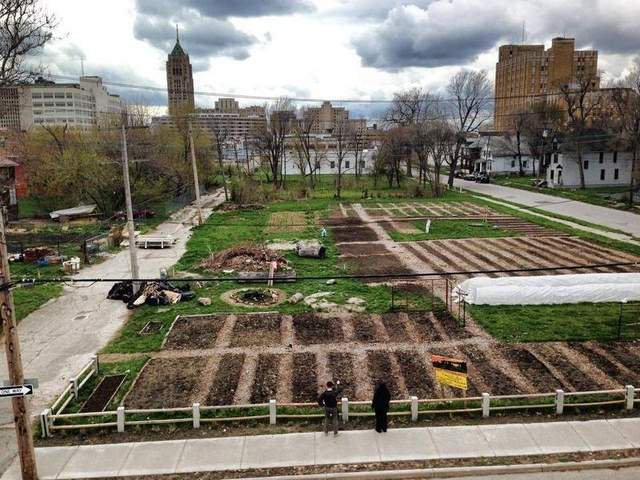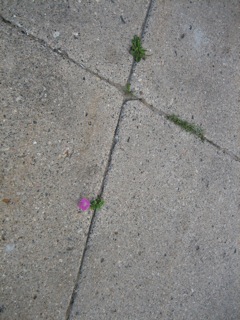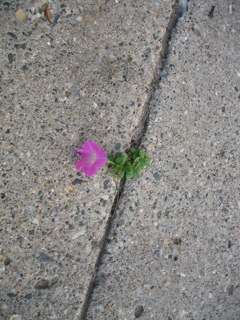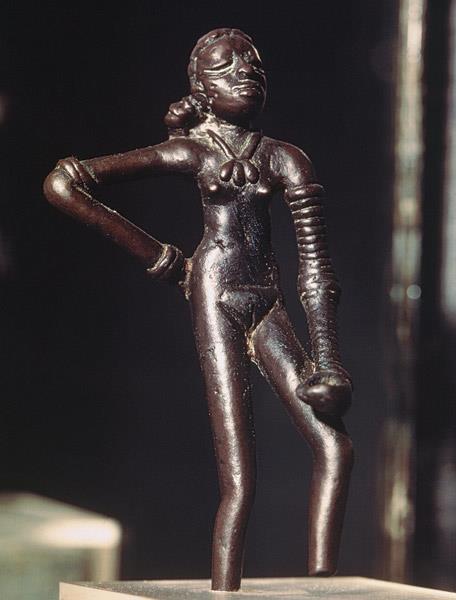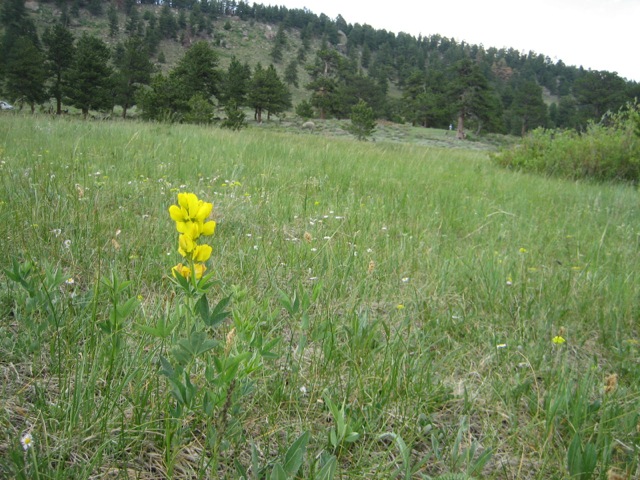Wednesday May 14 – urban farming & young energy
I’m cheating a little. I got up early to prepare for today’s Half-Day Mission Retreat with a great mix of UDM people (1 dean, 1 associate vp, 5 faculty members, 1 coach, several more administrators, several recently hired staff members, and 3 trustees ). Then I opened the Detroit News on-line to revel a little in the Tiger’s 9th inning come from behind win over the Baltimore O’s and I stopped at this column on the front page: “Michigan Urban Farming Initiative.” It’s another interesting urban farm that looks to be thriving and growing over on the East Side (7432 Brush, near East Grand Blvd). 12,000 lbs of fresh organic veggies last year, more on the way as more city lots are added.
No. Not the second coming of Jesus descent upon the earth all in one piece. Not even a UDM project, though our Law School’s one day conference, “Going to Seed: Urban Agriculture in Distressed Cities” (March 7), brought a powerful mix of experts from across the US to explore the legal dimensions of one of Detroit’s growing faces of urban change; over 1500 farms in the city, so I hear. And that is a UDM farming project. But Columnist by Marney Rich Keenan tells a good story that might tell you about a piece of the city’s life worth attention.
Yes, I’m also cheating on the rule that these posts should require about 2 minutes of your time. I’d guess this might take 3. But we’re right in the middle of summer planting time. So . . . here’s the column and a lead picture.
Have a good day.
john st sj

